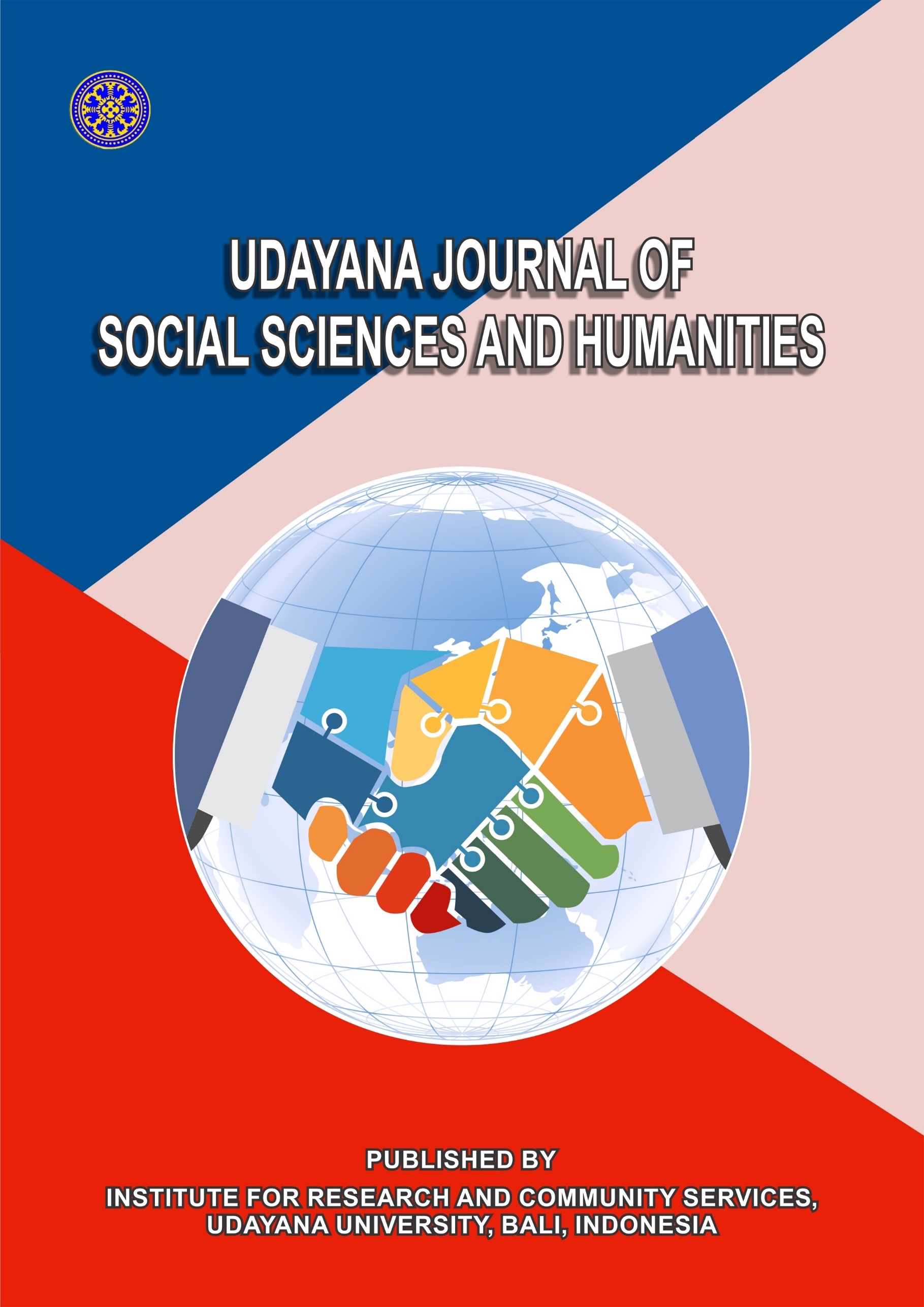Bio-Linguistics Diversity to Balinese Language Shift in Denpasar
Abstract
This research aimed to discover Balinese language shift pattern in its language usage. Specifically, the research sought to comprehend and analyzed Balinese language shift based on bio-linguistics diversity that comprises of 1) contexts of Balinese language use in Denpasar, and 2) social as well as a cultural aspect that affect Balinese language shift. The research location is in Denpasar, which classified into four different regencies, they are West, East, North, and South Denpasar. Further representation of the data will be decided based upon quantitative data obtained on four regencies. Techniques of data collection will be done in the form of observation and questionnaires, with additional interview and note taking. The sample taken will be on Balinese speakers in youth and mature age. Representation and proportion of the sampling will be 50 for each location. The analysis will be done in qualitatively and quantitatively with both formal and informal method. By using the concepts of language choice, sociolinguistics, and bio-linguistics diversity, Balinese language shift model can be discovered. This language shift model will prove beneficial to the system and mechanism of language inheritance in formal and informal contexts, in the effort to maintain cultural diversity and ethnic identity of a multilingual community.






